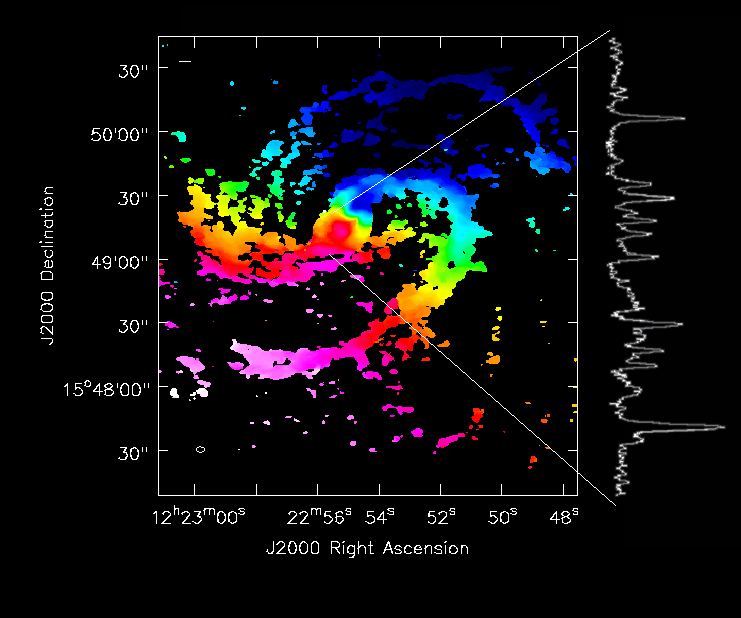Science
 ALMA’s line sensitivity and spectral grasp has resulted in the identification and imaging of more than forty molecules outside the Milky Way. The workshop focuses on the character of the molecular gas in the varied environments in which these molecules are found beyond our Galaxy.
ALMA’s line sensitivity and spectral grasp has resulted in the identification and imaging of more than forty molecules outside the Milky Way. The workshop focuses on the character of the molecular gas in the varied environments in which these molecules are found beyond our Galaxy.
ALMA’s images reveal distributions of these molecules that are often unexpected and whose physical significance is only slowly becoming apparent in some cases, and which remains obscure in others. The conference will survey present knowledge of the distribution of molecules in galaxies. It will:
- explore the relationship between molecular distributions and physical processes in those galaxies,
- investigate the roles of molecular variation in extreme metallicity environments,
- examine the existence and cause of isotopic gradients within galaxies,
- scrutinize variations in molecular excitation, both rotational and vibrational,
- seek evidence for and causes of molecular abundance gradients,
- identify molecules useful as probes of nuclear infall and outflow, and
- determine the prospects of molecules as probes of black hole masses.
Molecular excitation offers a special opportunity to examine molecules as probes of physical conditions in galaxies, particularly as diagnostics of nuclear processes - AGN versus star formation. There are distinct opportunities for the investigation of astrochemistry across extragalactic environments, particularly for example to identify and differentiate hot gas-phase chemistry from ionization-dominated chemistry, both of which may be found near starbursts and active nuclei.
This international conference will bring together ALMA, VLA and GBT users and potential users of other upcoming facilities, such as ngVLA, JWST, and TMT to consider what capabilities or upgrades to these instruments might facilitate the study of extragalactic molecules most?
Invited Speakers
- Francesco Costagliola (Chalmers, Onsala Space Observatory)
The molecular complexity of galaxies: opportunities and challenges in the ALMA era - Nanase Harada (Academia Sinica, Taiwan)
Chemical model of the circumnuclear disk around an active galactic nucleus - Christian Henkel (Max Planck Institute for Radio Astronomy)
Nucleosynthesis and molecular isotope ratios in extragalactic systems - Leslie Hunt (INAF-Osservatorio Astrofisico di Arcetri)
Molecules in low-metallicity starbursts - Takuma Izumi (University of Tokyo)
ALMA observations of circumnuclear feedback and feeding in nearby Seyfert galaxies - Adam Leroy (Ohio State University)
Molecular gas in high detail in nearby galaxies - Sergio Martin (Joint ALMA Observatory)
The unbearable opaqueness of compact obscured nuclei - Gergö Popping (European Southern Observatory)
Sub-mm emission in cosmological simulations: theoretical challenges and predictions - Dominik Riechers (Cornell University)
Detailed studies of cold gas and star formation in the early universe - Nick Scoville (California Institute of Technology)
Conference Summary & Perspectives - Jean Turner (University of California, Los Angeles)
TBA




Connect with NRAO